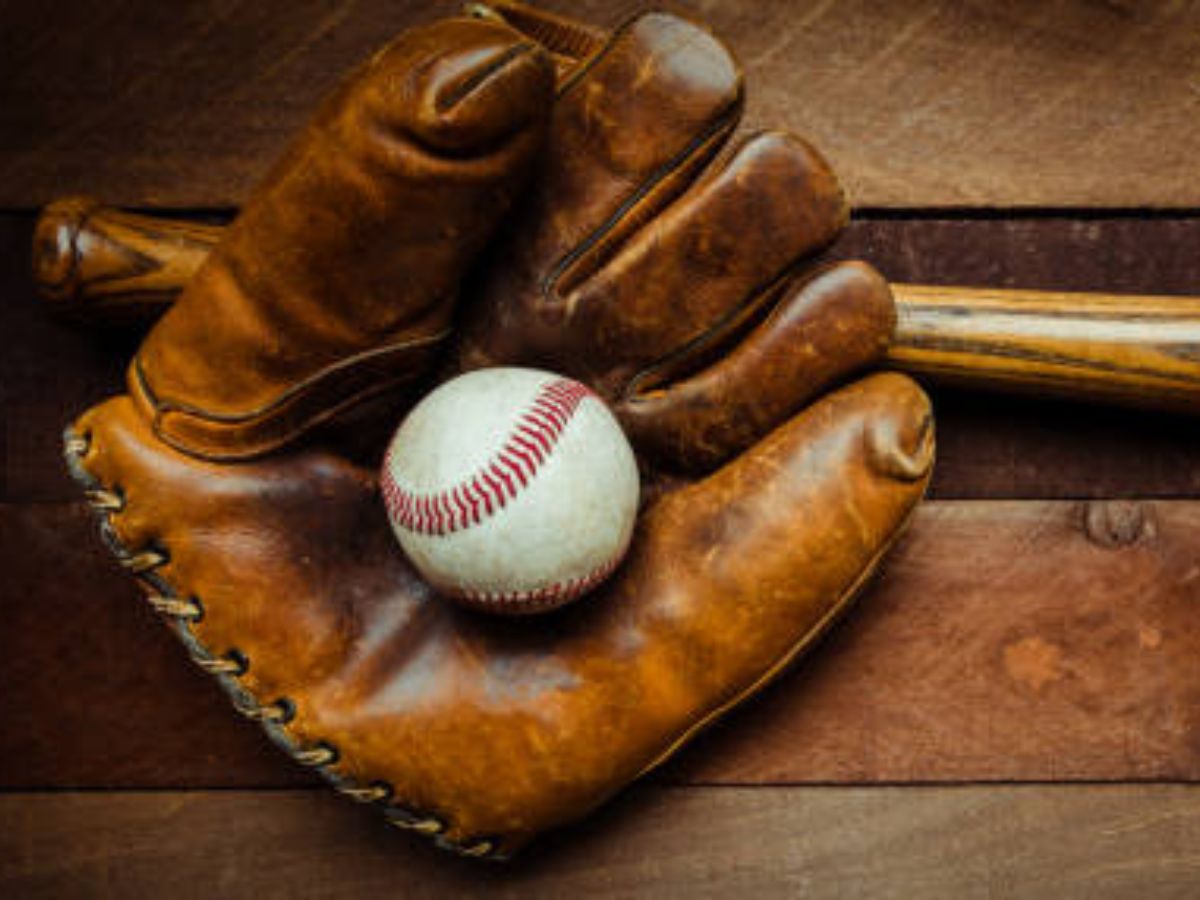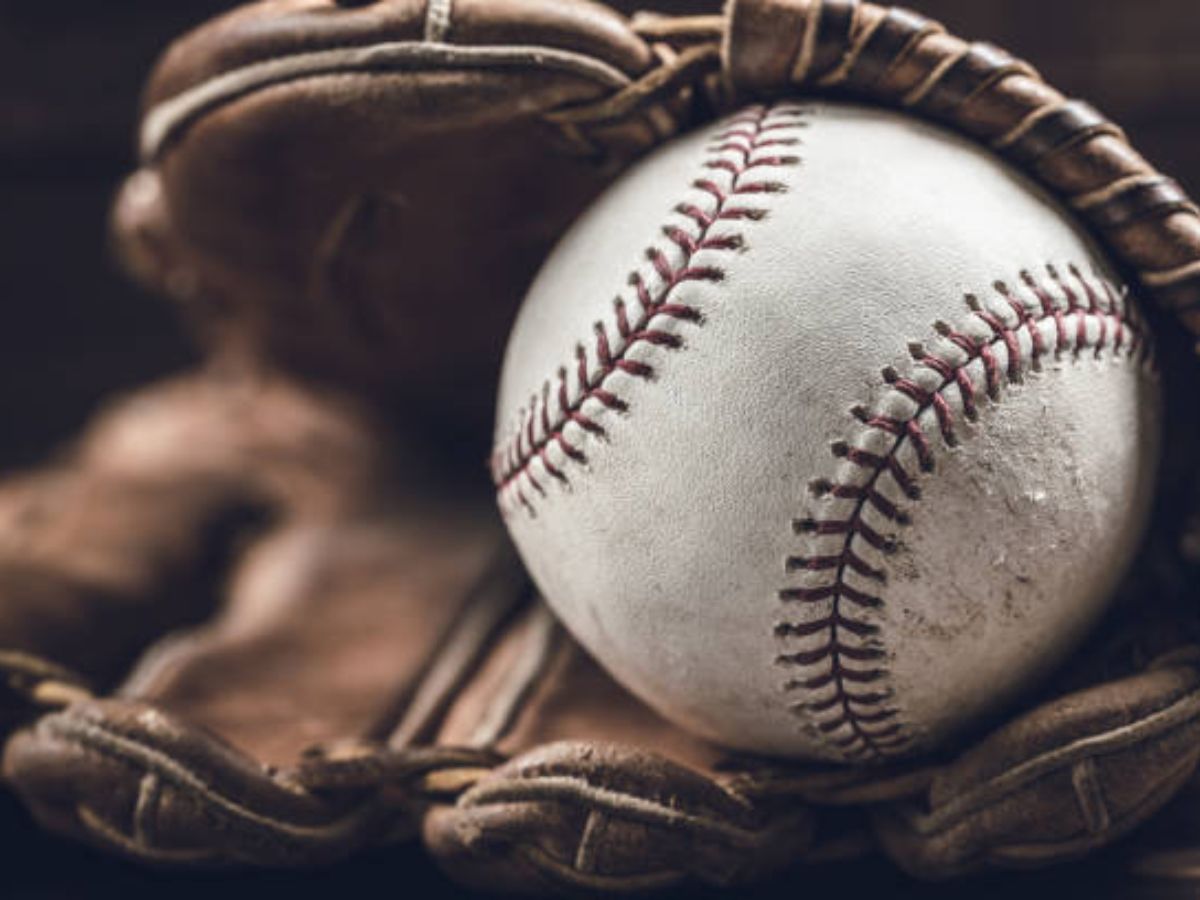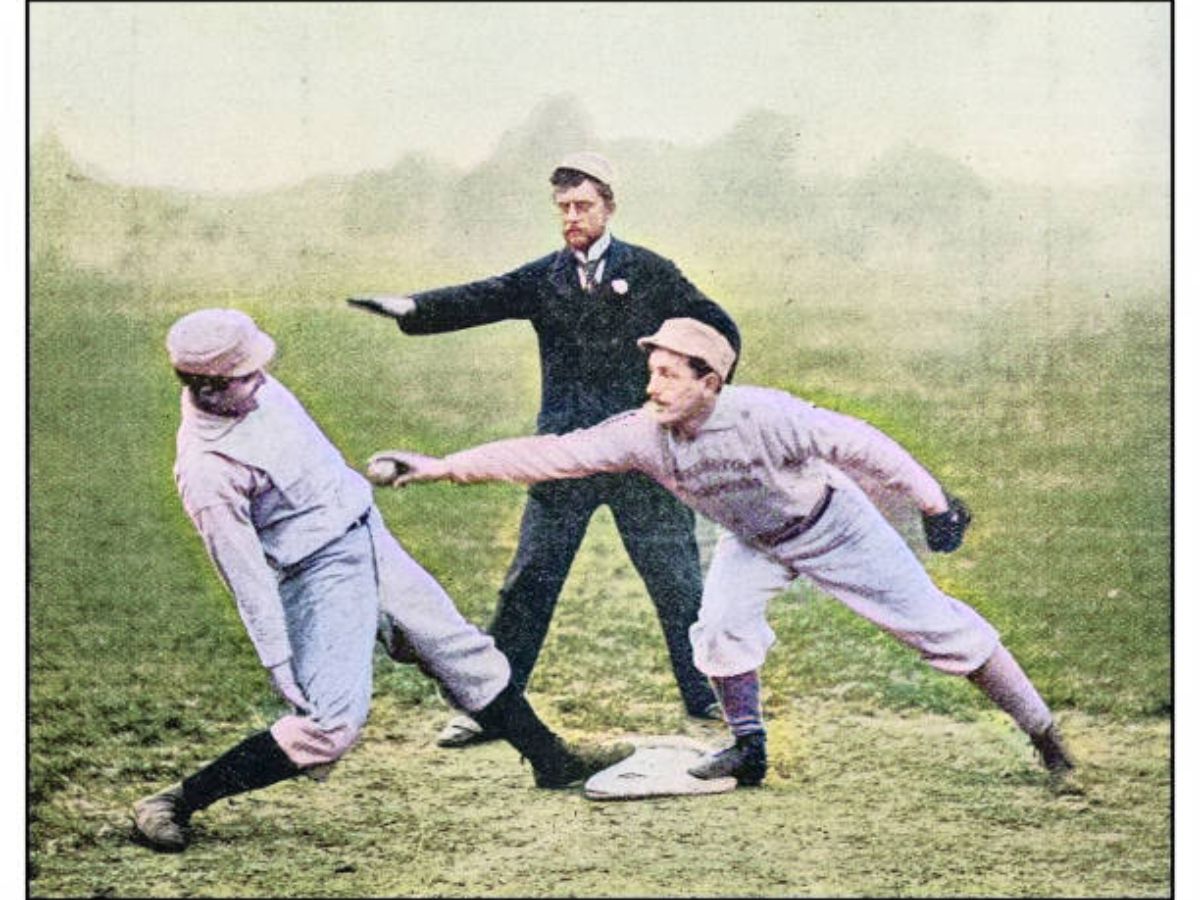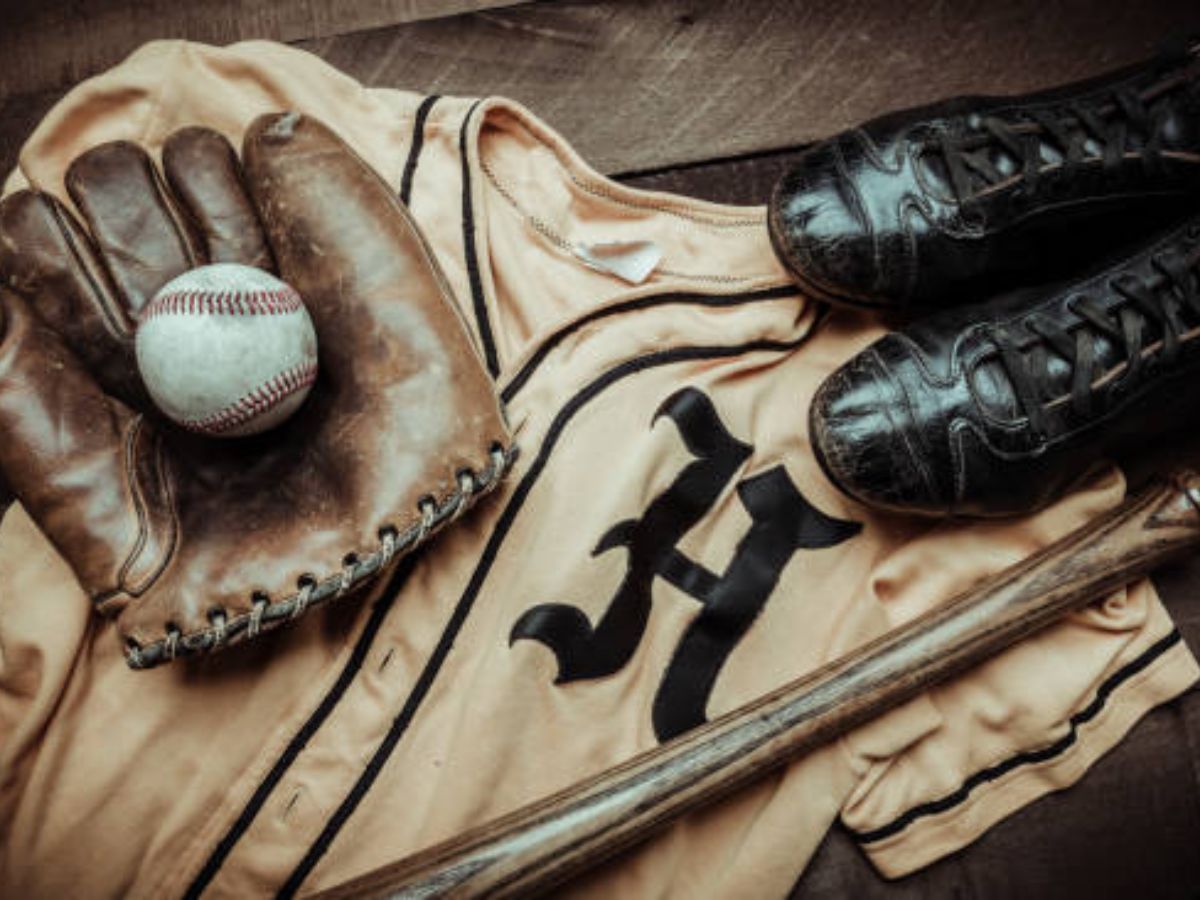
The live ball era refers to the period in baseball history when the ball became more lively and easier to hit, resulting in higher-scoring games and an increase in home runs. During this era, which began in the 1920s and lasted until the late 1940s, the game evolved significantly, with power-hitting becoming more prevalent.
The introduction of a more tightly wound ball and changes to the baseball’s manufacturing process contributed to the increase in offensive output. This era is often associated with legendary players such as Babe Ruth and Hank Greenberg, who set numerous home run records.

The live ball era marked a turning point in baseball, transforming the nature of the game and captivating fans with its increased excitement and offensive fireworks.
Contents Inside
During the early 1920s, baseball witnessed a major revolution known as the Live Ball Era. This period was characterized by significant changes in the game, resulting in a high-scoring and more entertaining spectacle. The introduction of new rules played a pivotal role in shaping the Live Ball Era.
These regulations favored the offense, promoting thrilling, power-hitting performances. As a result, the game became more exciting for fans, with an increase in home runs and runs scored. The Live Ball Era birthed a new generation of power hitters who captivated audiences with their ability to hit the ball farther and more frequently than ever before.
This period marked a significant transformation in the sport, forever altering the dynamics of baseball and leaving an indelible impact on the game’s history.
The Live Ball Era has been fueled by the introduction of lively baseballs. With advancements in bat technology and the emergence of power-hitting techniques, the driving force behind this era is unleashed. These changes have resulted in a dynamic shift in the game, with players hitting the ball harder and farther than ever before.
The lively baseballs have increased the excitement and unpredictability of each play, captivating fans and keeping them on the edge of their seats. As batters adapt to these new conditions, they are utilizing innovative strategies to maximize their power and hit more home runs.
This evolution in the game has sparked debates and discussions among players, coaches, and fans, as they analyze the impact of the Live Ball Era on the sport. Whether it’s the thrill of a powerful home run or the strategic tactics employed by the players, there is no denying the captivating force of the Live Ball Era.
The Live Ball Era witnessed the rise of the Home Run Kings who etched their names in baseball history. Babe Ruth, famously known as the Sultan of Swat, dominated the game with his unparalleled power and charisma. As he smacked home runs with ease, he captivated fans across the nation.
Hank Aaron followed Ruth’s footsteps with unwavering determination to chase the Home Run Record. Overcoming racial barriers, Aaron displayed remarkable consistency and became an icon of excellence. Barry Bonds, taking the game to new heights, broke boundaries and shattered records with his astounding power and controversial career.

Each of these legendary players left an indelible mark on the game, forever changing the perception of what was possible on the baseball field. Their achievements during the Live Ball Era continue to inspire and captivate fans to this day.
The Live Ball Era witnessed some record-breaking seasons in baseball history. One of the most iconic achievements was Babe Ruth’s astonishing 60 home runs in a single season. Another legendary duo, Maris and Mantle, engaged in a thrilling chase for the single-season home run record.
However, it was Barry Bonds who ultimately cemented his place in history with a remarkable 73 home runs in one season. These remarkable accomplishments captivated fans and showcased the power and excitement of the game during the Live Ball Era.
The Live Ball Era had a profound impact on the world of baseball, extending far beyond the statistics. Fans were thrilled by the increased offense, as exciting games became the norm. Pitching and defensive strategies shifted in response to the changing game, and teams had to adapt to the new style of play.
This era left a lasting legacy that can still be felt today, with hitters striving for power and home runs. The game’s evolution during this era continues to shape the way we view and appreciate baseball. The excitement and entertainment that the Live Ball Era brought to fans will forever be remembered as an important chapter in the history of the sport.
The Live Ball Era has revolutionized the game of baseball, shifting the dynamics and unleashing a new level of power. Ongoing debates and controversies surround this transformation, as traditionalists and analytically-minded individuals clash over the implications. Balancing power with the other aspects of the game has become a crucial consideration, as players aim to maximize their offensive capabilities.
The emphasis on home runs and high-scoring games has brought excitement to fans but also raised questions about the integrity of the sport. Despite the division, the future of baseball in the Live Ball Era seems promising, with advancements in technology and data analytics leading to even greater precision and strategic gameplay.
As the game continues to evolve, only time will tell the lasting impact of this era on the beloved sport of baseball.

The Live Ball Era refers to the period in baseball history when significant changes to the ball led to higher offensive production. It began in the late 1910s and lasted until the mid-1940s. During this era, increased home run and scoring rates revolutionized the game.
The Live Ball Era was primarily caused by changes to the baseball itself. In the late 1910s, baseball manufacturers introduced a “livelier” ball with a cork center and tighter winding. This resulted in increased velocity and distance when hit, leading to a surge in offensive statistics.
The Live Ball Era had a profound impact on baseball, transforming it into a more exciting and high-scoring game. Home runs became more frequent, leading to a greater emphasis on power hitting. Pitchers had to adjust their strategies, and smaller ballparks were built to accommodate the surge in scoring.
The Live Ball Era has undoubtedly revolutionized the game of baseball. From the emergence of power hitters to the evolution of pitching strategies, this era has showcased an exciting brand of baseball for fans all around the world. As we have explored in this blog post, the introduction of advanced analytics, changes in equipment, and a shift in hitting approach have played pivotal roles in shaping the Live Ball Era.
It has provided a platform for incredible displays of power and skill on both offense and defense. The game has become faster and more strategic, keeping fans on the edge of their seats. With all its ups and downs, the Live Ball Era has truly left an indelible mark on the sport, forever changing the way we view and appreciate the game of baseball.
As we eagerly anticipate what the future holds for this era, one thing is for certain: the excitement and fascination surrounding the Live Ball Era will continue to captivate fans for generations to come.
Let’s Build
Contact us todayGet daily tips and tricks for making your best home.
2025 The base Ball Insider